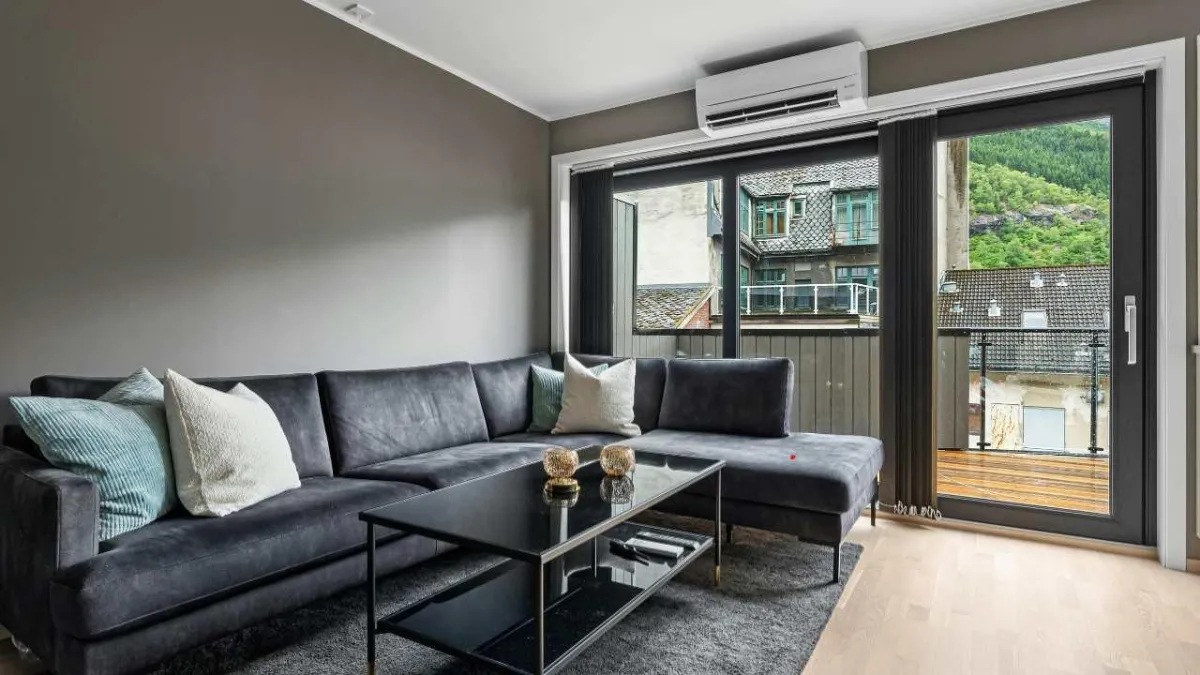
Apartment Mold Problems: Prevention and Remediation Tips
Mold in an apartment is more than just an eyesore—it’s a health risk and a sign something’s wrong with the building’s ventilation or moisture control. Left unchecked, mold can spread quickly, damage property, and trigger allergies or respiratory problems. The good news? Most mold issues can be prevented, and even if they appear, the right steps can help you deal with them effectively.
In this post, we’ll cover how mold develops, how to prevent it, and what to do if it’s already taken hold in your apartment.
How Mold Starts and Why It Spreads
Mold thrives in warm, damp, and poorly ventilated areas. Common triggers include:
Leaky pipes or plumbing fixtures
Condensation on windows or walls
Poor ventilation in kitchens and bathrooms
Damp carpets or furniture
High indoor humidity
In apartments, these conditions often spread because units share walls, plumbing systems, and ventilation. This means mold in one area can quickly affect multiple units if left untreated.
Prevention: Keeping Mold Out of Your Apartment
Stopping mold before it starts is far easier—and cheaper—than removing it later. Here are some proven prevention tips:
Control indoor humidity: Aim for 30–50% humidity. A small dehumidifier can work wonders in problem areas.
Ventilate properly: Use exhaust fans in kitchens and bathrooms. Keep air flowing by opening windows when weather permits.
Fix leaks quickly: Even small drips can lead to mold growth in less than 48 hours.
Clean regularly: Mold spores can latch onto dust and dirt. Vacuum and dust weekly.
Use mold-resistant products: If you’re renovating, choose mold-resistant paint or drywall for high-moisture areas.
Remediation: What to Do if You Already Have Mold
If you spot mold, act fast—especially if the affected area is larger than 10 square feet. Here’s what to do:
Identify the source of moisture: Without fixing the root problem, mold will return no matter how well you clean.
Contain the affected area: Close doors and windows to keep spores from spreading while cleaning.
Use the right cleaning method:
Small patches: Scrub with soap and water, then dry thoroughly.
Larger infestations: Contact a professional mold remediation company.
Dry the area completely: Use fans, heaters, or dehumidifiers to ensure no moisture remains.
Inspect HVAC systems: Mold spores can spread through air ducts. This is where regular HVAC maintenance becomes essential.
Case Study: From Mold Mess to Healthy Living Space
Last summer, a tenant in a Cedarburg apartment complex discovered mold creeping along the baseboards of her bedroom. The culprit? A slow plumbing leak behind the wall. The building management called Champion Air Mechanical, a trusted HVAC contractor Cedarburg WI to repair the ventilation system and inspect the ducts for contamination. With proper remediation, improved airflow, and a humidity control plan, the tenant’s apartment stayed mold-free—and her allergies disappeared within weeks.
When to Call a Professional
While you can handle small mold problems yourself, certain situations require professional help:
The mold covers a large area or keeps coming back
You smell mold but can’t see the source
The mold is inside HVAC ducts or behind walls
You have health symptoms linked to mold exposure
A professional will not only remove the mold but also address the conditions that caused it. This is crucial in apartments, where mold can spread to neighbors’ units and lead to costly repairs or disputes.
Mold is one of those problems that won’t go away if you ignore it. By controlling moisture, keeping your apartment well-ventilated, and taking quick action when you spot early signs, you can protect your health and your home. And if you do need help, call in the HVAC pros before the problem gets worse.
If you suspect mold in your apartment, don’t wait—schedule a professional inspection today to keep your living space safe and healthy.




